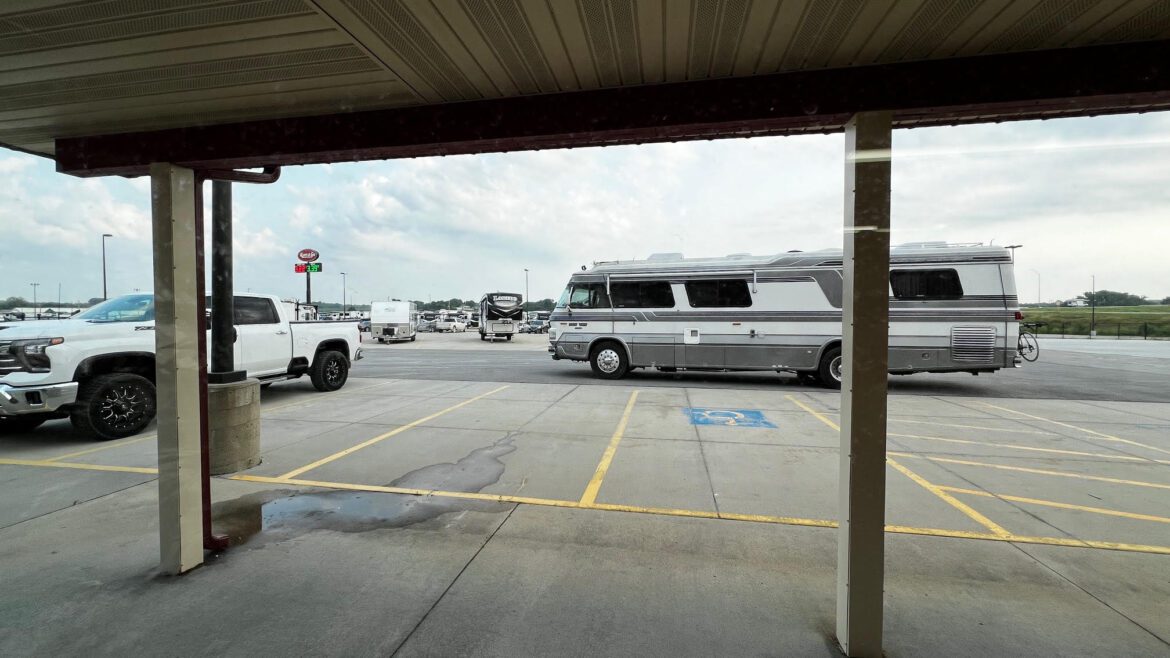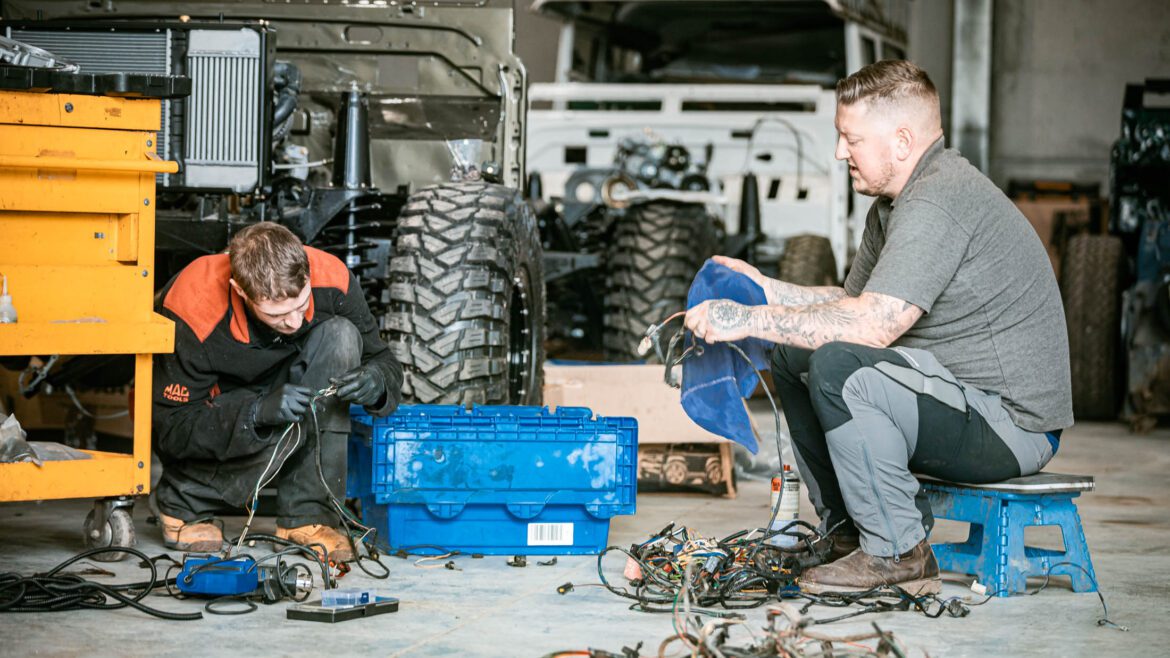Understanding and Utilizing Brand Archetypes in Branding
https://www.kraabel.net/wp-content/uploads/2024/08/a-visually-captivating-graphic-design-that-masterf-ptsJ-ojgR36Uj5iNSpklXQ-aBg7rZYVQle3Jk31ixEfuA-1024x576.png 1024 576 Michael Kraabel Michael Kraabel https://www.kraabel.net/wp-content/uploads/2024/08/a-visually-captivating-graphic-design-that-masterf-ptsJ-ojgR36Uj5iNSpklXQ-aBg7rZYVQle3Jk31ixEfuA-1024x576.pngBrand archetypes are powerful tools that help marketers define and communicate a brand’s personality, purpose, and position. Rooted in Carl Jung’s psychological theories, archetypes represent universal symbols and themes that resonate with people across cultures and time. In branding, these archetypes help focus efforts, ensuring consistency and authenticity in brand messaging and experiences. The History…
read more





